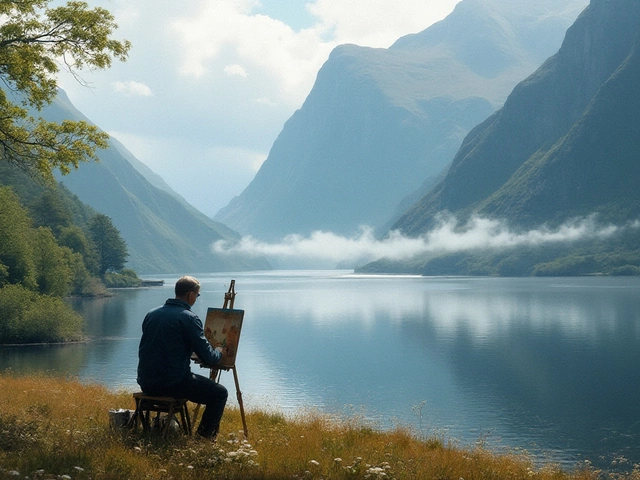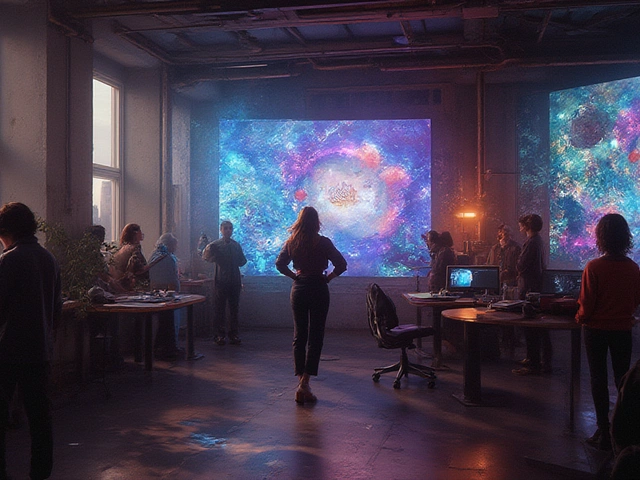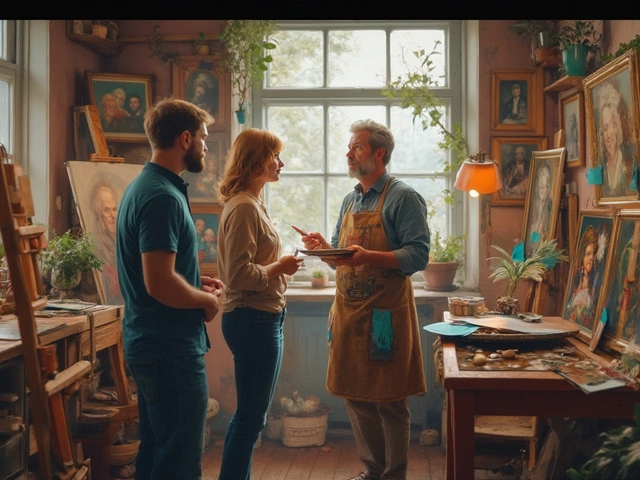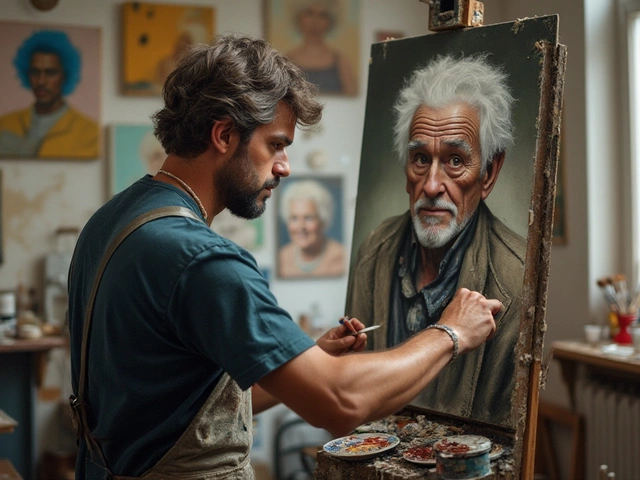Creative Landscapes: Exploring Art, Technique, and Inspiration
When working with creative landscapes, art that mixes real scenery with imaginative twists to spark mood or story. Also known as imaginative scenery, it pushes artists beyond pure realism.
Landscape painting forms the core of this tag. It delivers the familiar hills, sky, and water that anchor a viewer’s sense of place. Digital art adds a modern layer, letting creators blend photo‑real textures with algorithmic effects. Meanwhile, abstract art breaks the rules, turning fields into color fields and trees into gestures. All of these rely on solid art composition – the skill of arranging elements so the eye moves naturally.
Creative landscapes encompass landscape painting techniques that capture light, shadow, and atmosphere. They require art composition skills to guide the viewer’s journey across the canvas. Digital art influences creative landscapes by providing new brushes, layers, and export options that speed up experimentation. Abstract art expands creative landscapes by freeing them from literal representation, allowing bold color fields to suggest terrain. These relationships form a web where each practice lifts the others.
Key Elements That Shape Creative Landscapes
First, the choice of medium matters. Oil, acrylic, watercolor, or a tablet each brings its own texture and speed. Second, perspective sets the stage – a low angle can make a hill feel imposing, while a bird’s‑eye view opens up storytelling space. Third, color palettes tell mood: cool blues suggest calm seas, while fiery reds hint at drama. Finally, the inclusion of figures or architectural hints adds narrative depth, a point explored in many of the posts below.
Practical tips flow from these elements. When starting a landscape, sketch the horizon line before adding detail – this fixes scale early. Use a limited palette for the background, then introduce saturated hues for focal points. If you work digitally, experiment with layer‑masking to blend sky and land without losing editability. For abstract twists, try blocking out large color zones first, then carve out shapes that hint at terrain.
Many artists wonder how to monetize their creative landscapes. The digital art post shows how prints, NFTs, and commissions turn imagination into income. Combining a strong composition with market‑friendly formats makes it easier to sell both originals and reproductions.
Historical context also matters. The debate over who invented landscape painting reveals a lineage of innovators who layered narrative and environment. Understanding this lineage helps you position your work within a broader conversation, whether you lean toward classic realism or futuristic abstraction.
Overall, creative landscapes sit at the crossroads of tradition and innovation. They invite you to blend realistic scenery, modern tools, abstract daring, and compositional discipline. Below you’ll find a curated collection of articles that dive deeper into each of these aspects – from making money with digital art to mastering the Goya technique for dramatic light.
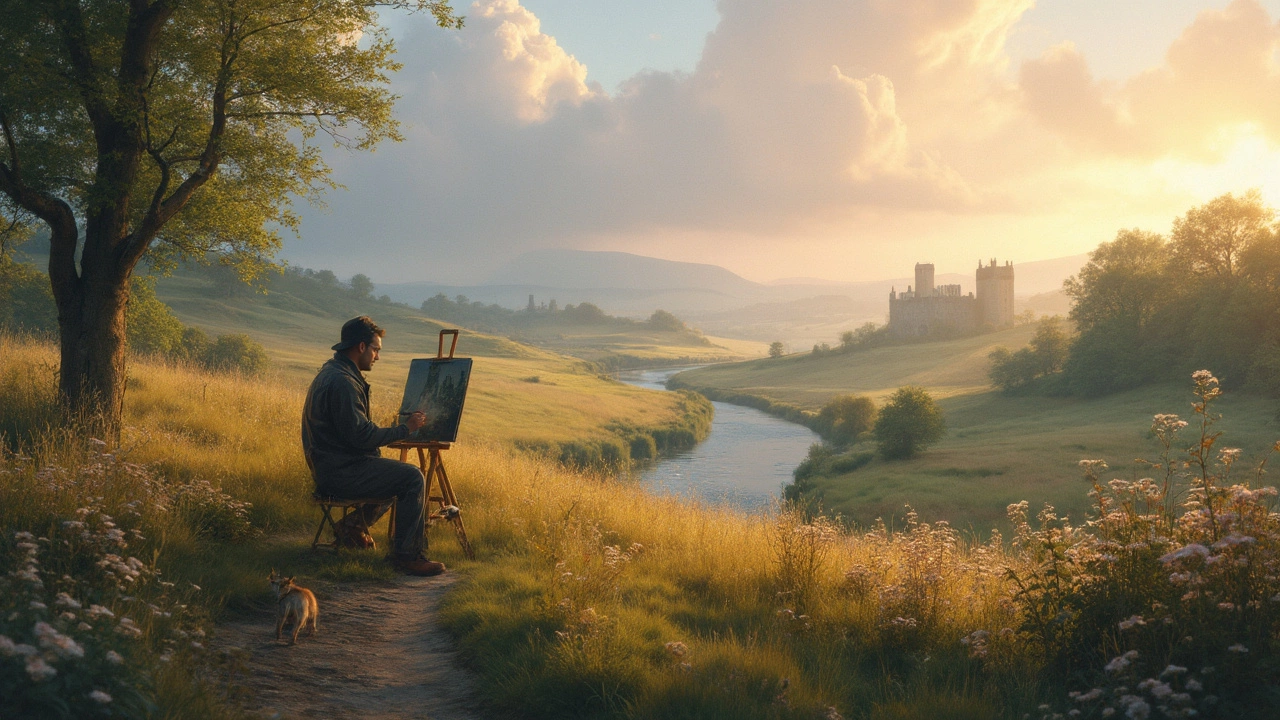
Enhancing your landscape painting isn't just about adding more colors. Dive into practical tips that can add depth and interest to your artworks, making them not only visually appealing but also unique. Learn about techniques like enhancing focal points, using light and shadow, and incorporating unexpected elements that can turn your art into a conversation starter.
